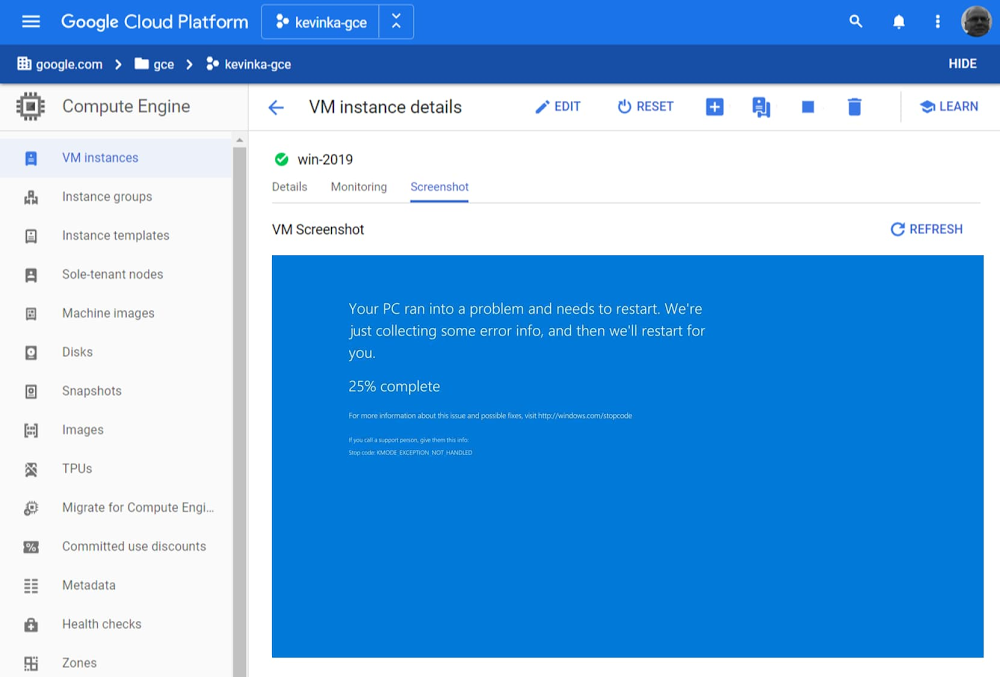Docker Enterprise Container Cloud Helps Kubernetes Developers Ship Code Faster on Public and Private Clouds
The post Docker Enterprise Container Cloud Helps Kubernetes Developers Ship Code Faster on Public and Private Clouds appeared first on Mirantis | Pure Play Open Cloud.
Mirantis reduces cloud complexity with real choice, simplicity, and security
MIRANTIS LAUNCHPAD VIRTUAL EVENT, (Campbell, CA) — September 16, 2020 — Announced at the inaugural Mirantis Launchpad 2020 virtual conference, Docker Enterprise Container Cloud offers enterprises unprecedented speed to ship code faster on public clouds and on premise infrastructure. It simplifies Kubernetes with one consistent cloud experience for developers and operators across public and private clouds, with complete app and devops portability.
“Docker Enterprise Container Cloud and Lens will enable businesses to streamline delivery of hundreds of daily deployments across thousands of apps, overcoming the complexity of Kubernetes development at enterprise scale,” said Mirantis customer Don Bauer, Docker Captain and VP Technology Services / DevOps Manager.
Docker Enterprise Container Cloud is available free of charge for up to 3 clusters totaling 15 nodes, without any limitations in functionality.
The launch follows the introduction of Docker Enterprise 3.1 and new 24×7 and managed operations support offerings, which launched in May 2020. The release builds on the Mirantis Kubernetes vision to deliver Your Cloud Everywhere and the recent announcement of Lens, the world’s most popular Kubernetes IDE. Lens greatly simplifies app development by consolidating more than a dozen Kubernetes tools into a single integrated development environment that provides dev and ops teams with situational awareness in their context.
With Lens and Docker Enterprise Container Cloud, Mirantis empowers a new breed of Kubernetes developers by removing infrastructure and operations complexity through automated full-stack lifecycle management and continuous updates, and providing tools for insights and management that support cloud-native software development.
“Docker Enterprise Container Cloud breaks the mold with real choice at every layer of the stack,” said Adrian Ionel, CEO and co-founder, Mirantis. “Unlike lock-in solutions like IBM/Red Hat and VMware that force you to deploy their rigid stack, Container Cloud empowers you to deploy your own multi cloud everywhere, unlocking speed with freedom of choice, simplicity, and industry-leading security.”
New capabilities in Docker Enterprise Container Cloud include:
Multi-Cloud: Public, Private, and Bare Metal
Multi-Cluster Management
Self-Service Clusters On-Demand
Automated Full-Stack Lifecycle Management with Continuous Updates
Centralized Insights and Management
Container Cloud is the only independent container platform that provides a choice of operating system and virtualization software. Developers can benefit from a frictionless “managed Kubernetes” experience of self-service cluster provisioning across any infrastructure, while enterprise IT can ensure compliance with regulations and corporate policies. Developers can easily deploy and manage clusters via API, CLI, or UI, and can approve automated zero-downtime updates to their clusters as they become available from Mirantis.
Docker Enterprise Container Cloud enables companies to ship code faster with these key capabilities:
Cloud Choice – Provides choice at every level of the stack, from the virtualization layer to the OS to Kubernetes, so that organizations can build on open standards and use their favorite tools and frameworks to ship code faster that runs on any private, public, or hybrid cloud.
Cloud Simplicity – Simplifies Kubernetes for developers and operators with one cohesive cloud experience, built in security, a single pane of glass, and full lifecycle management.
Cloud Speed – Increases developer velocity with a modern software supply chain for getting secured code to production faster and continuously. Container Cloud provides developers self-service access to Kubernetes clusters, complete app and devops portability, and built-in industry leading security.
Cloud Secured – Enhances the security of your Kubernetes clusters and modern apps through a secure supply chain that integrates security into every stage of the application lifecycle. Container Cloud provides the industry’s most secure container engine with FIPS 140-2 validation along with built-in image scanning and signing.
Cloud Scale – Enables organizations to achieve massive scale from the desktop to the data center, delivering consistent clusters everywhere. Operators benefit from complete observability and management across a fleet of automatically updated Kubernetes clusters.
Pricing and availabilityDocker Enterprise Container Cloud is available for download free HERE, without any limitations in functionality, for up to 3 clusters totaling 15 nodes. For larger-scale deployments requiring enterprise support, Mirantis provides annual subscriptions for LabCare 8×5 support, ProdCare 24×7 support and OpsCare 24×7 managed operations.
To learn more about Docker Enterprise Container Cloud, visit: https://www.mirantis.com/software/docker/docker-enterprise-container-cloud/.
About Mirantis
Mirantis helps organizations ship code faster on public and private clouds. The company provides a public cloud experience on any infrastructure to the data center to the edge. With Lens and Docker Enterprise Container Cloud, Mirantis empowers a new breed of Kubernetes developers by removing infrastructure and operations complexity and providing one cohesive cloud experience for complete app and devops portability, a single pane of glass, and automated full-stack lifecycle management with continuous updates.
Mirantis serves many of the world’s leading enterprises, including Adobe, DocuSign, Liberty Mutual, Nationwide Insurance, PayPal, Reliance Jio, Splunk, and STC. Learn more at www.mirantis.com.
###
Media Contact
Joseph Eckert for Mirantis
jeckert@eckertcomms.com
The post Docker Enterprise Container Cloud Helps Kubernetes Developers Ship Code Faster on Public and Private Clouds appeared first on Mirantis | Pure Play Open Cloud.
Quelle: Mirantis



